2017 Review: A look back at everything that mattered for photography
We look back at all the key events, releases and announcements that helped shape 2017 for photographers
Google updates its Pixel smartphone
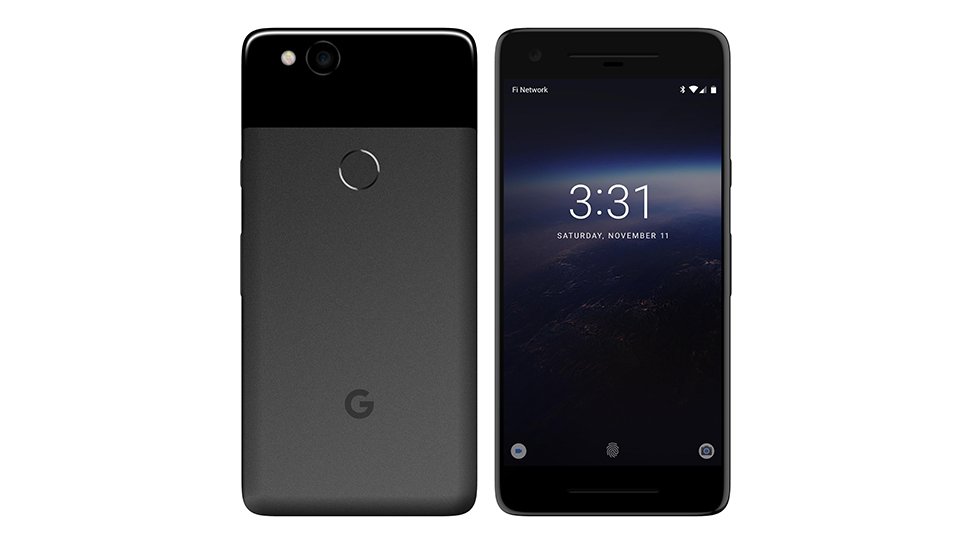
The Google Pixel 2 and Pixel 2 XL arrived in October, each bearing a 12.2MP sensor, Dual Pixel phase-detect autofocus and an f/1.8 lens. Capable of shooting 4K video at 30p, the Pixel 2 was also encased in a water- and dust-resistant casing.
Read more: Google Pixel 2 announced and immediately claims DxOMark sensor crown
Yashica seeks funding for a "film" camera (and gets it pretty much immediately)
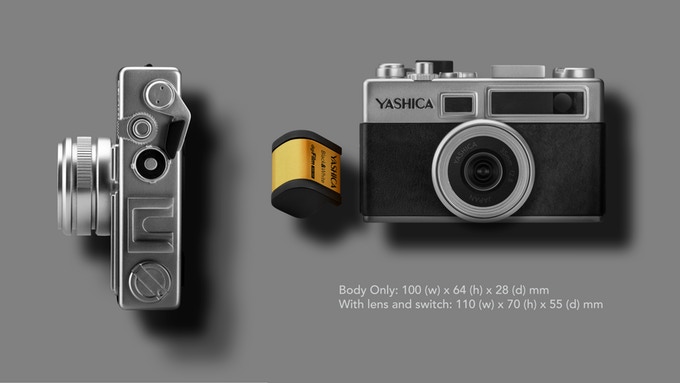
In one of the stranger Kickstarters of the year, Yashica launched the Y35 digiFilm camera, a retro-style digital camera that used simulated ‘film’ cartridges in order to replicate the film experience.
The cartridges came pre-loaded with ISO, colour and filter settings, while images were saved to a standard SD card. The campaign went on to raise more than $1.25million.
Read more: Yashica Y35 "digiFilm" camera launches on Kickstarter
DJI Zenmuse X7 lands
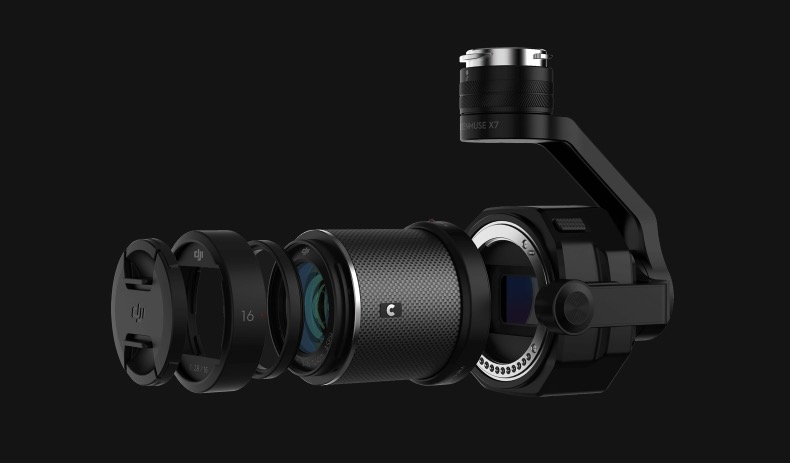
DJI confirmed its intentions to become a serious player in the camera game with the launch of the Zenmuse X7, a Super 35 camera/gimbal module capable of shooting 6K CinemaDNG Raw or 5.2k Apple ProRes footage at up to 30p (or 3.9K CinemaDNG and 2.7K ProRes at up to 59.94p). It also used a new DL lens mount with a short flange distance, allowing for compact lenses to be used.
Canon announces APS-C-based PowerShot G1 X Mark III
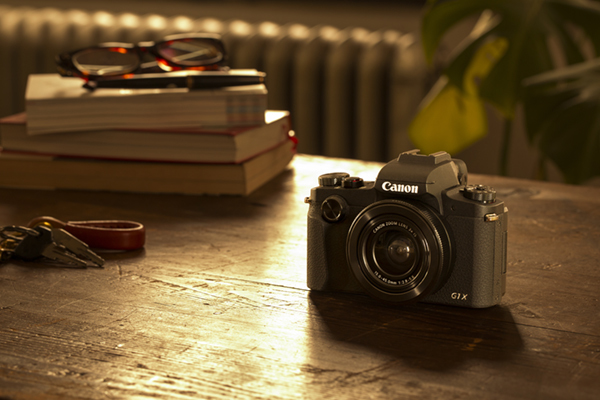
The third model in the PowerShot G1 X series of premium compacts, but the first to sport an APS-C sensor, the Canon PowerShot G1 X Mark III also boasted a 24-72mm f/2.8-5.6 zoom lens in a body that weighed 400g.
Get the Digital Camera World Newsletter
The best camera deals, reviews, product advice, and unmissable photography news, direct to your inbox!
Canon's Dual Pixel CMOS AF system was present, as was 9fps shooting with AF locked. Its SLR-style design also featured dials on the front and back, with an OLED viewfinder and articulating rear screen.
Read more: Canon refreshes compact line with the PowerShot G1 X Mark III
Lots of goodies at AdobeMAX

October was AdobeMAX, and it camera with a slew of announcements and new products.
Kicking off with Photoshop Elements 2018 and Premiere Elements 2018 – the user-friendly versions of Photoshop – Adobe went on to reveal the all new cloud-based Lightroom CC, changing Lightroom as we knew it. The standalone version of Lightroom would be rebranded Lightroom Classic, while the all-new Lightroom CC represented a new cross-platform system engineered for the cloud.
Photoshop CC also got a fair share of new features, including 360-degree spherical image editing.
Read more: Adobe Lightroom for complete beginners
The magic number: Sony's A7R gets its third iteration
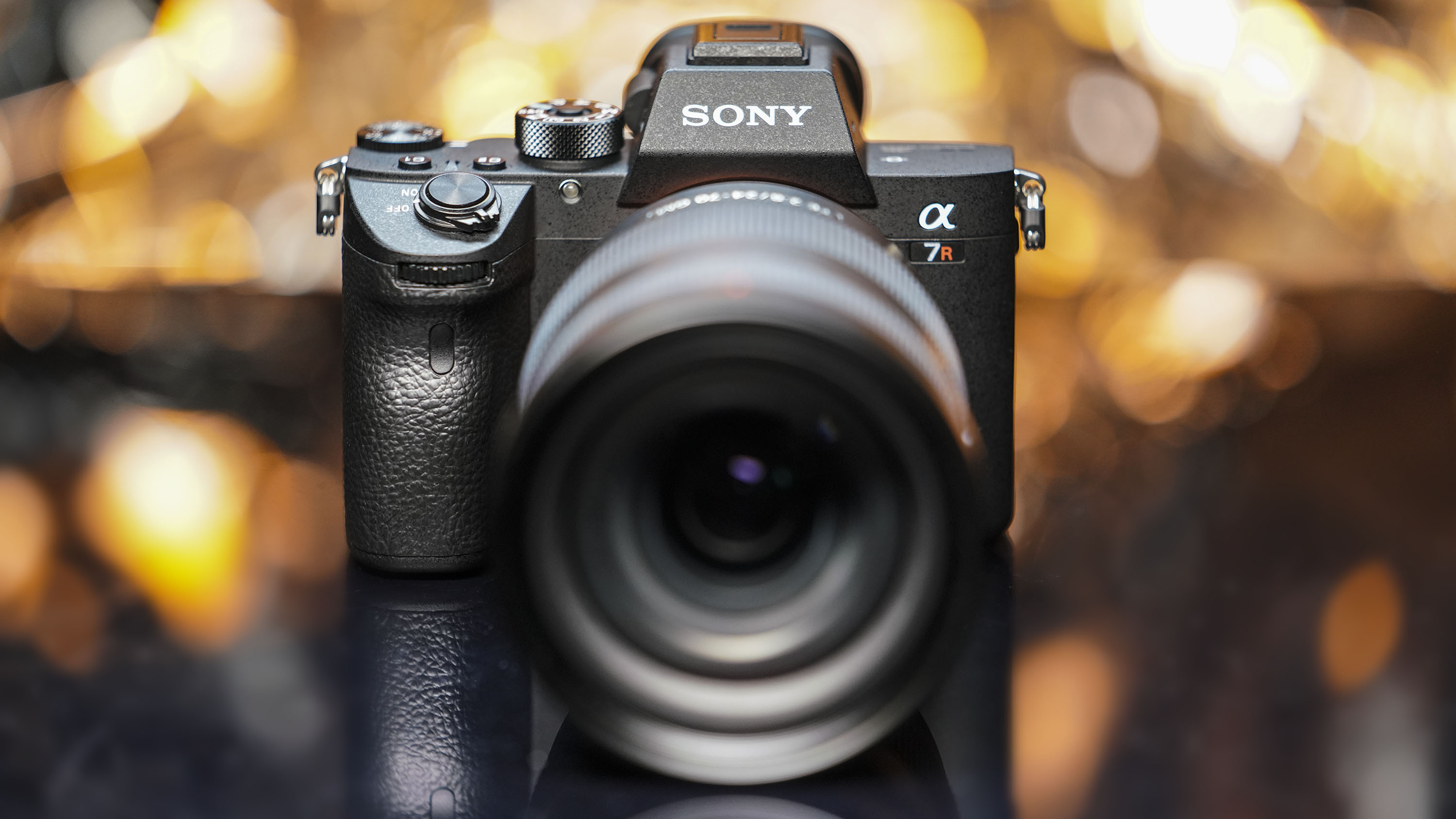
Sony took the opportunity to update its high-resolution A7R to the A7R III, with a 42.4MP sensor and improvements to the autofocus, taking plenty of its cues from the successful A9 including its highly detailed OLED viewfinder.
Read more: Sony A9 review
A faster BIONZ X processor allowed the camera to process data faster. Combined with a redesigned low-vibration shutter mechanism, this allowed for a maximum burst-shooting speed of 10fps.
Sony also unveiled a new FE 24-105mm F4 G OSS lens, further expanding its impressive lens lineup.
Read more: Sony A7R III hands-on review
Olympus expands pro lens offerings with optics duo
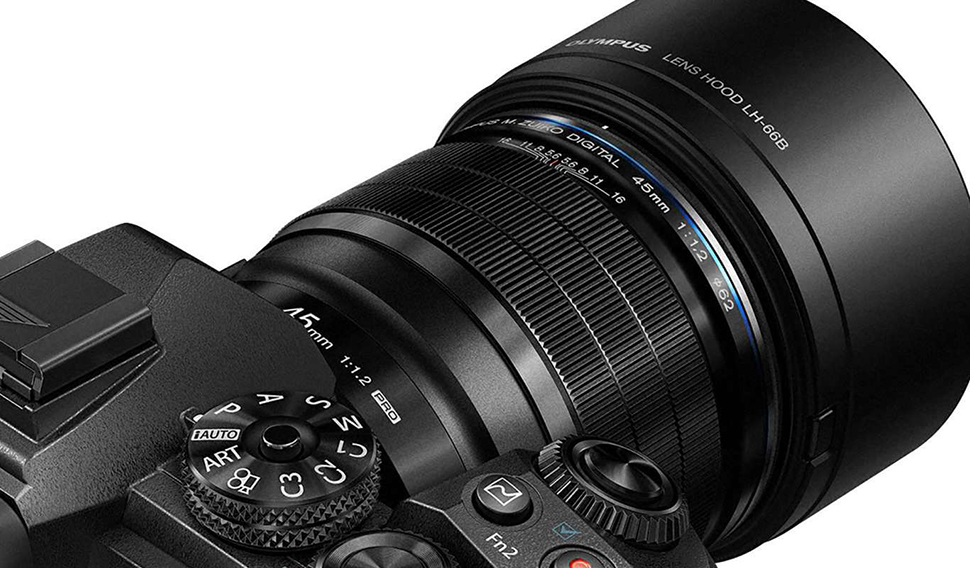
Olympus also expanded its lens offerings with the M.ZUIKO Digital ED 17mm F1.2 PRO and the M.ZUIKO Digital ED 45mm F1.2 PRO lenses, with the emphasis firmly on bokeh quality. The lenses were deliberately designed not to entirely correct spherical aberration, making for distinctive and attractive bokeh.
Panasonic reveals the G9 mirrorless camera
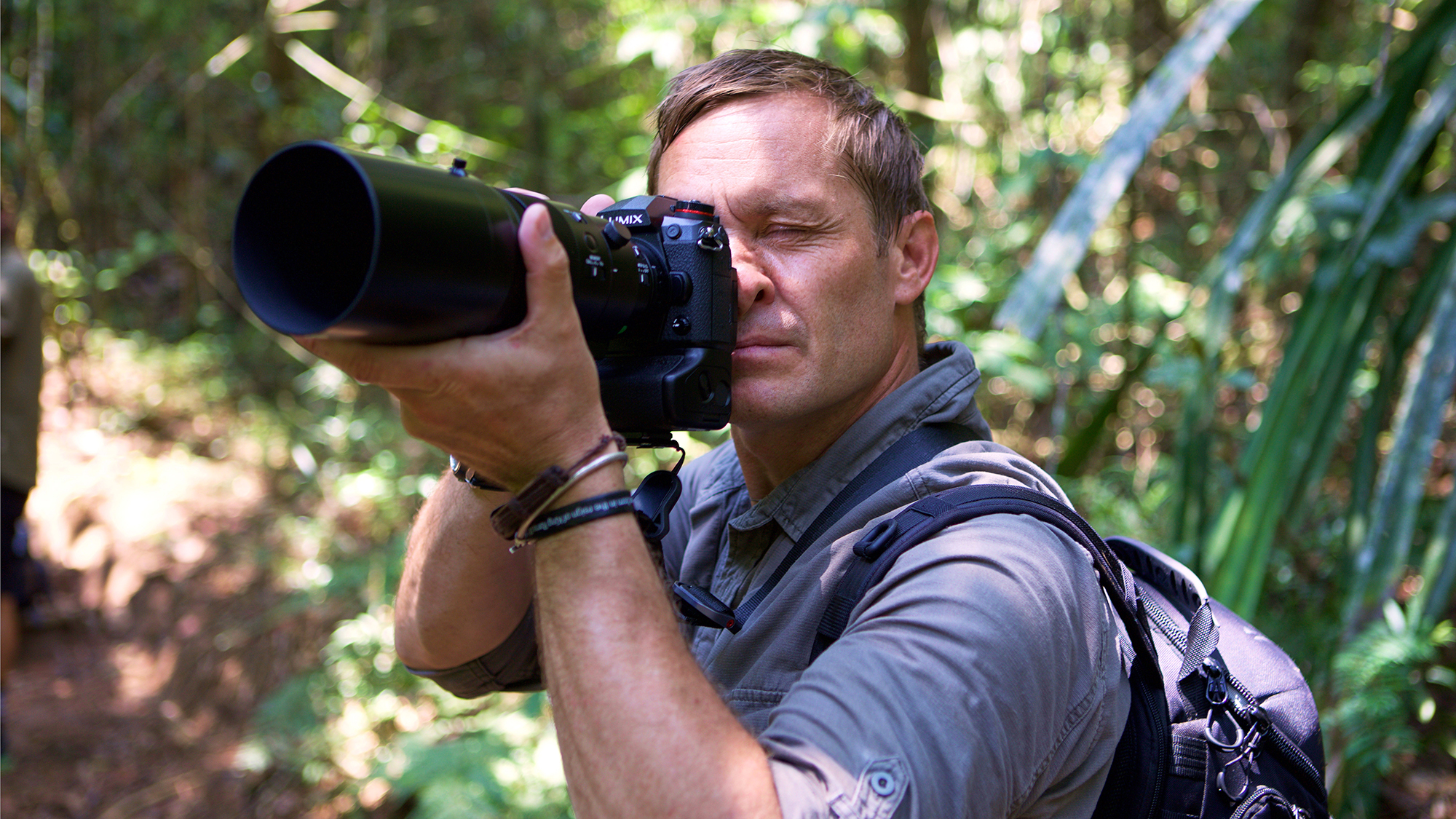
Panasonic updated its stills portfolio with the Lumix G9, employing the same 20.3MP CMOS sensor as the video flagship, the GH5.
The JPEG engine for the G9 was revamped to improve colours, textures and high-ISO performance, while the electronic shutter was able to shoot at up to a whopping 60fps with focus locked to that of the first frame.
Panasonic also announced the Leica DG Elmarit 200mm F2.8 Power OIS telephoto prime lens, a weatherproof optic with on-board stabilisation.
Read more: Panasonic G9 hands-on review
Leica expands its range once more with the CL
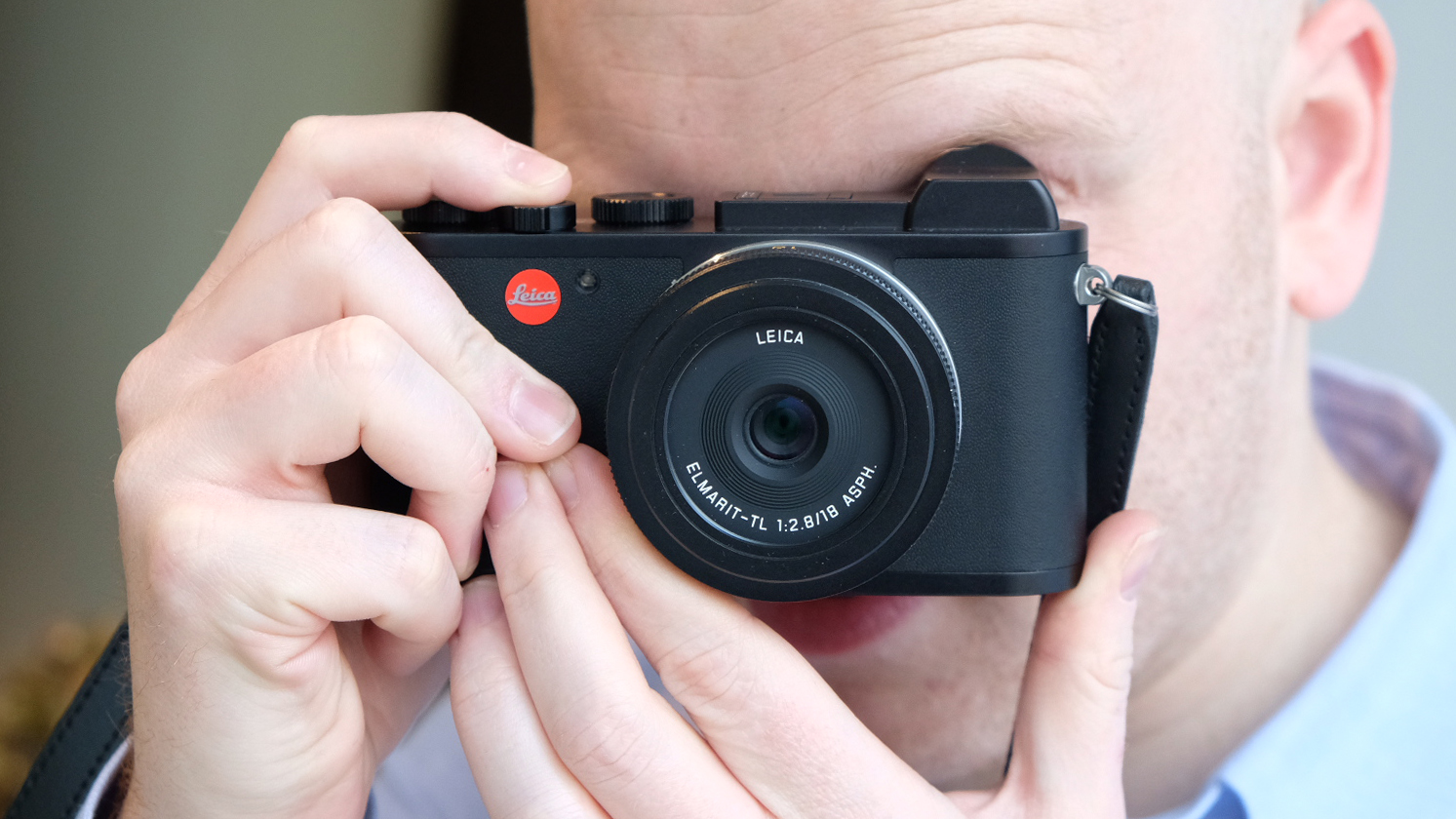
Leica brought out a new version of the CL, its camera from the 1970s, though a name was pretty much all the two cameras had in common.
The new Leica CL came with an APS-C sensor, 4K video capture, a 2.36-million-dot EVF and a very physical and straightforward control set.
The firm also unveiled the Noctilux-M 75mm f/1.25 ASPH, a lens that promised serious low-light performance and extremely precise subject isolation.
Read more: Leica CL: New mirrorless model expands Leica's APS-C offerings
Macphun 2018 released
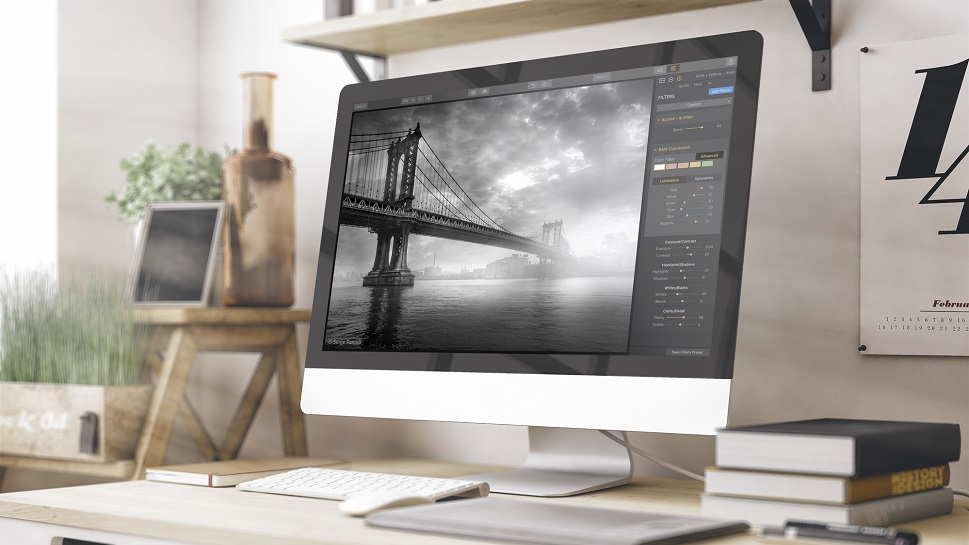
Following the big Adobe announcements the previous month, Macphun (which would rebrand itself ‘Skylum’ at the end of the year) announced a competitor to Lightroom in the form of Luminar 2018.
A standalone piece of editing software aiming to tempt away users who didn’t like the sound of the new Lightroom CC ecosystem, the new version featured a Raw develop module and sophisticated AI-powered image filters.
Read more: Luminar 2018 now shipping for Mac and Windows
UK government proposes to get tougher on drone use
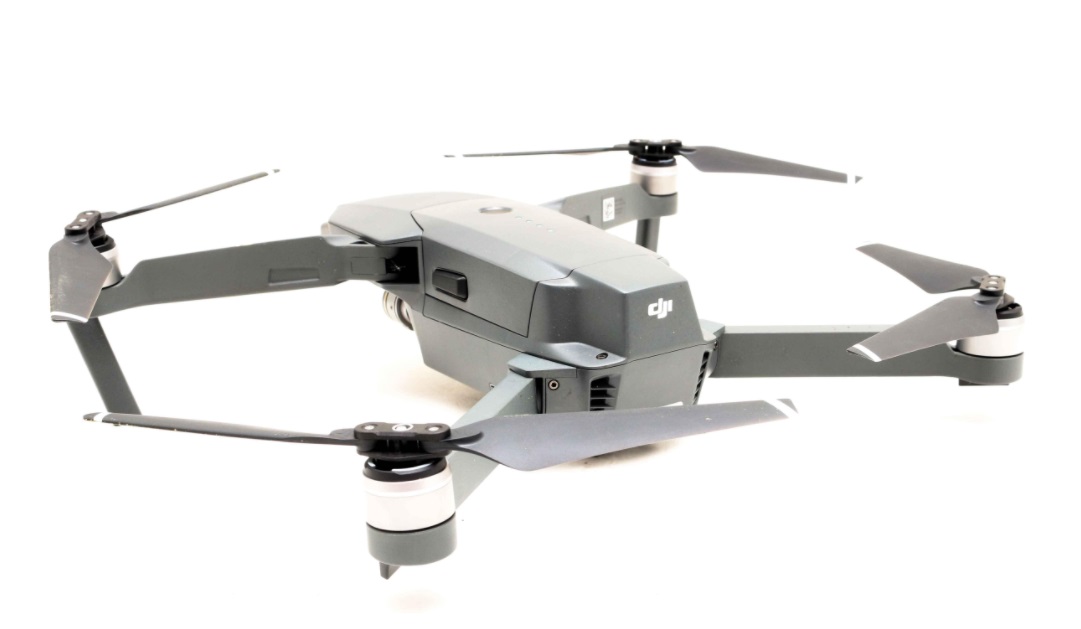
The UK government proposed to tightened up its drone laws, unveiling proposals that would grant police officers the power to seize drone parts if a drone was suspected to have been used in a crime. The plans also suggested drone registration, the use of safe-flight apps and maximum flying heights.
Read more: Government announces plans for mandatory drone registration
Adobe Lightroom CC gets overhauled
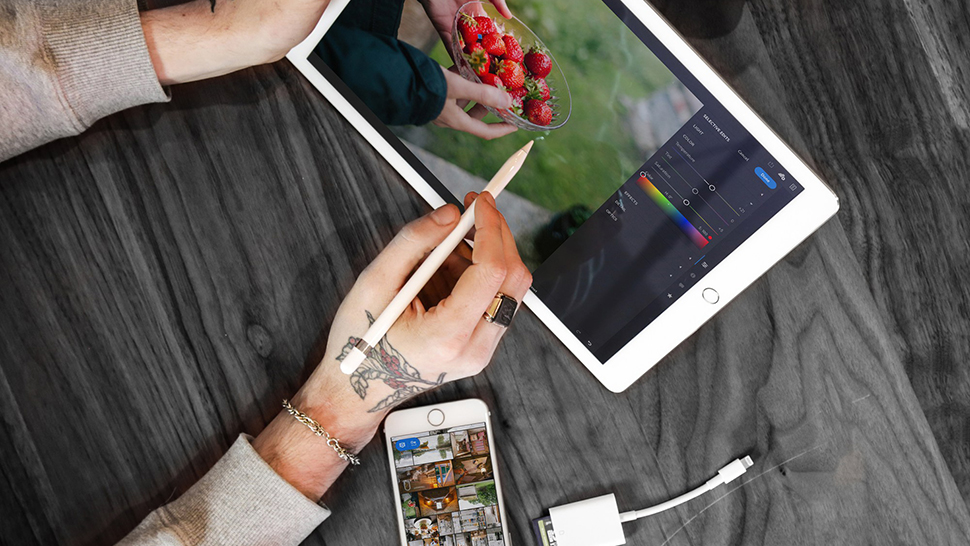
Adobe made its first major update to Lightroom CC, adding tone curve and split toning. It also released the final standalone version of Lightroom, version 6.14. From 2018, it’ll be all Lightroom CC.
The company also offered some sneak peeks into how its Adobe Sensei AI technology was going to incorporated in future updates to Photoshop CC, including most impressively an intelligent one-click subject select function.
Read more: Adobe Lightroom CC gets tone curve and split toning in major update
iPhone gets nine out of ten top camera slots on Flickr

In its traditional end-of-year rundown, Flickr revealed that smartphones (specifically iPhones) are the most popular camera type used to upload photos, making for more than half of images from 2017.
DSLRs also gained ground, while compact cameras’ share plummeted and mirrorless remained steady.
Read more: 17 tips for getting your best Christmas photos yet
Jon spent years at IPC Media writing features, news, reviews and other photography content for publications such as Amateur Photographer and What Digital Camera in both print and digital form. With his additional experience for outlets like Photomonitor, this makes Jon one of our go-to specialists when it comes to all aspects of photography, from cameras and action cameras to lenses and memory cards, flash diffusers and triggers, batteries and memory cards, selfie sticks and gimbals, and much more besides.
An NCTJ-qualified journalist, he has also contributed to Shortlist, The Skinny, ThreeWeeks Edinburgh, The Guardian, Trusted Reviews, CreativeBLOQ, and probably quite a few others I’ve forgotten.

